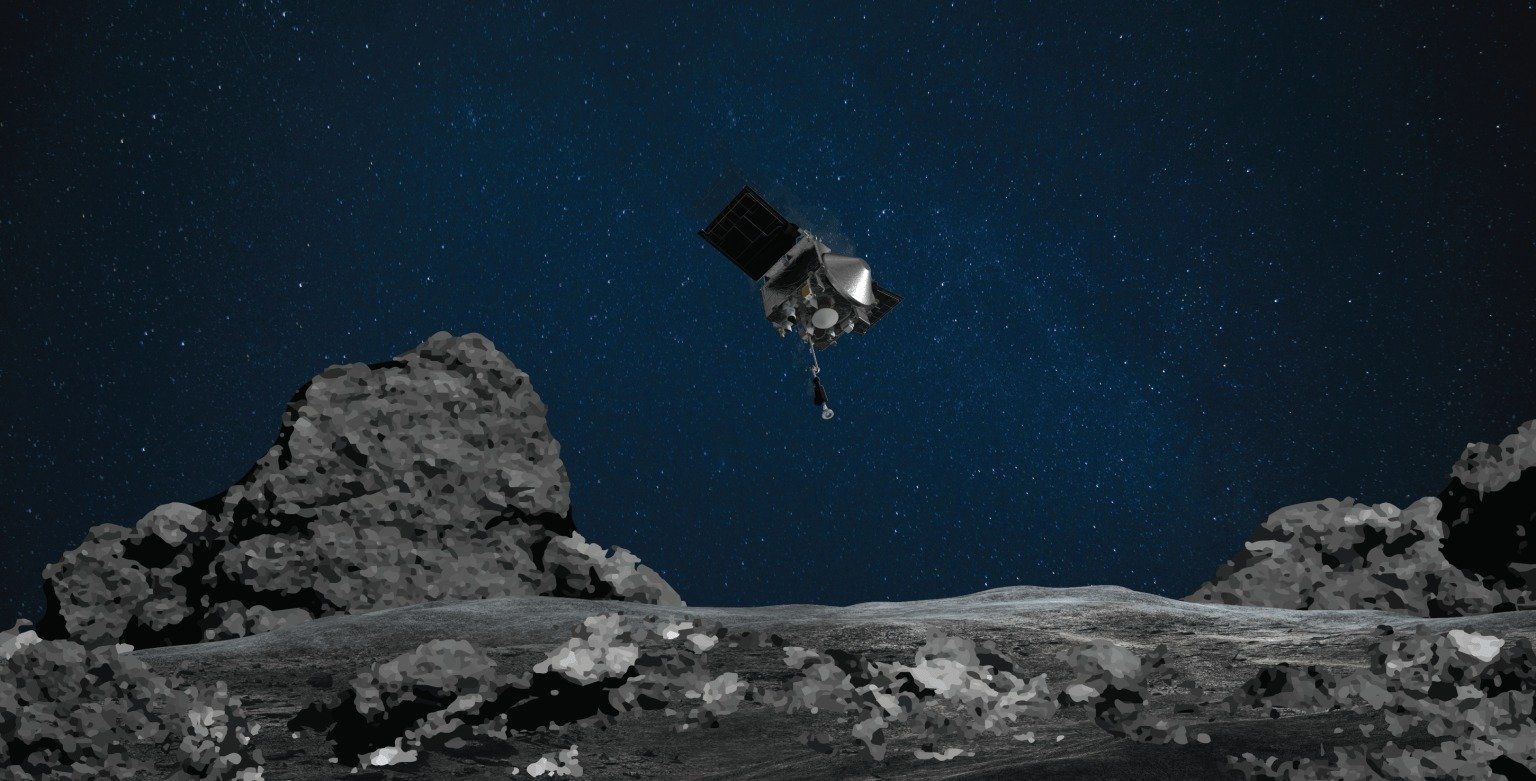
NASA's OSIRIS-REx spacecraft successfully sent asteroid Bennu's samples to Earth on September 24, 2023. The capsule, carrying the rocks and dust, entered Earth's atmosphere around 10:42 AM EDT (7:42 AM PT). Soon after, it made a picture-perfect landing on the sandy floor of the Utah desert.
The OSIRIS-REx mission, which cost over $1 billion, was launched in September 2016. The spacecraft spent the first two weeks searching for Earth-Trojan asteroids — rocks with stable positions in Earth's orbit around the Sun. Though the spacecraft was unable to find any, its time in space allowed NASA to change its path to reach Bennu. The 1,614 feet (492 m) wide asteroid lies more than 200 million miles (321 million km) from Earth. However, it orbits in such a way that it occasionally comes within 4.6 million miles (7.4 million km) of our planet.

Bennu is of particular interest to scientists because it is believed to have formed in the first 10 million years of the solar system's existence. NASA scientists think that analyzing the 4.5 billion-year-old asteroid will provide insights into the formation of the Sun and planets. Bennu may even offer clues into how life began on Earth.
But getting to Bennu was no easy task. It took the OSIRIS-REx spacecraft two years to reach the asteroid and another two to find a suitable landing spot to gather a sample. In October 2020, OSIRIS-REx made a perfect touchdown on the ancient rock. The spacecraft used its robotic arm to quickly scoop up some surface dust and stones before beginning its return journey to Earth.

Upon getting close to Earth, OSIRIS-REx dispatched the capsule with the rocks and dust from Bennu. The precious samples are being stored in a specially-built clean room at NASA's Johnson Space Center in Houston, Texas. They will be examined and shared with researchers worldwide for further study.
Meanwhile, OSIRIS-REx is now chasing a new target — a near-Earth asteroid named Apophis. The spacecraft will not be able to collect any material this time. That is because its sole collection head is in the capsule with the Bennu sample. But OSIRIS-REx will use its gas thrusters to kick up the asteroid's surface dust and study it for 18 months. The information gathered will give scientists insights into the space rock's composition and properties.
Resources: Space.com, CNN.com, NASA.gov
